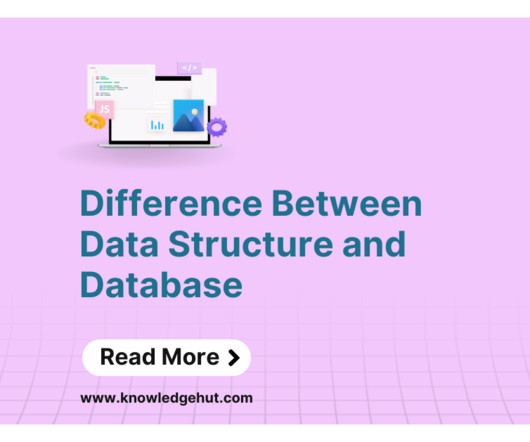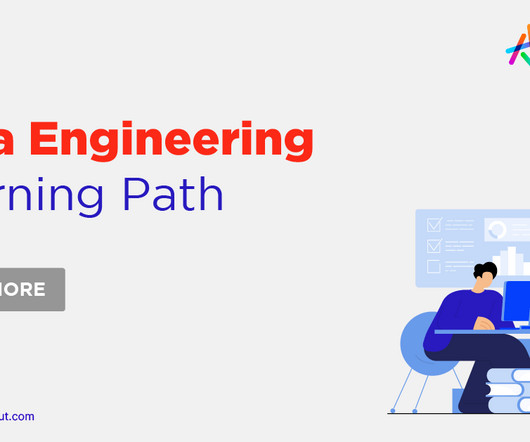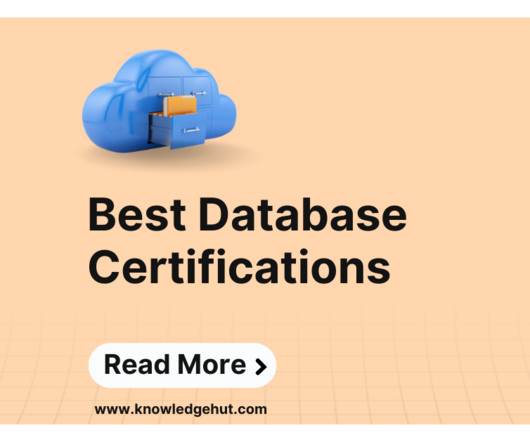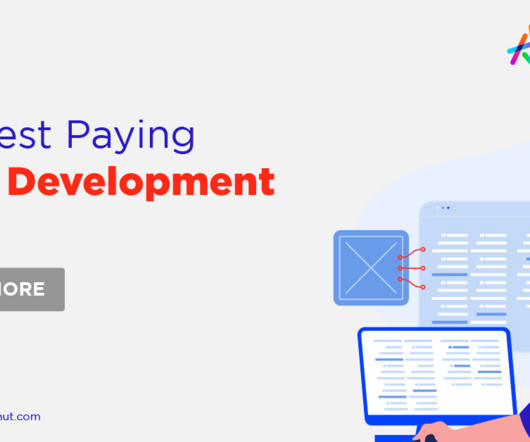Difference Between Data Structure and Database
Knowledge Hut
MARCH 27, 2024
An ordered set of data kept in a computer system and typically managed by a database management system (DBMS) is called a database. Table modeling of the data in standard databases facilitates efficient searching and processing. SQL, or structured query language, is widely used for writing and querying data.












Let's personalize your content